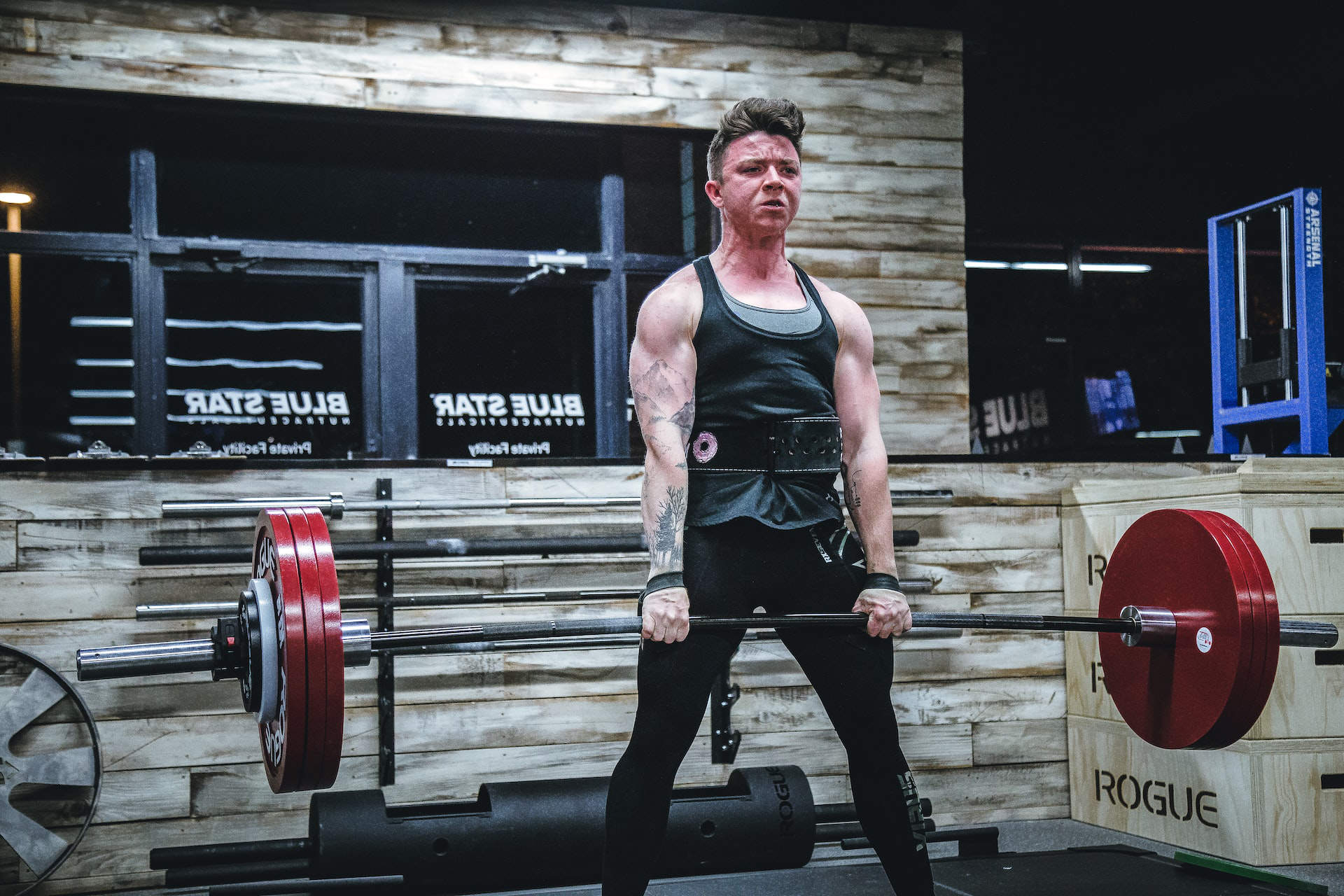1. Effective Reps
Effective Reps are a relatively new concept in the field of muscle hypertrophy, but they are quickly gaining popularity due to their effectiveness in creating muscle hypertrophy. The theory is that the final reps of a set are the ones that actually cause muscle damage and lead to hypertrophy.
The way to implement Effective Reps is to perform a set to failure, and then take a 10-15 second rest and continue to perform reps using the same weight, repeating this process until you reach a point where you can no longer perform any more reps. These last reps are known as the Effective Reps, and are the ones that allow you to increase the volume of your resistance training to cause an optimal amount of muscle microfiber tears and lead to hypertrophy (optimised with good recovery from decent sleep and good high protein nutrition of course).
Research has shown that Effective Reps can lead to significant increases in muscle hypertrophy. In one study, researchers found that participants who performed Effective Reps saw significant gains in muscle size and strength compared to those who did not (1).
2. One and a Half Reps
1 and a half reps involve completing one full rep followed by a partial rep. For example, in a squat, the athlete would lower themselves down, come back up halfway, then lower themselves down again before completing the full rep. This technique is particularly effective for muscle hypertrophy as it increases time under tension and the number of muscle fibers recruited.
Research has shown that 1 and a half reps can lead to significant increases in muscle hypertrophy. In a study published in the Journal of Strength and Conditioning Research, researchers found that 1 and a half reps resulted in greater muscle activation and hypertrophy compared to traditional training methods (2).
3. Drop Sets
Drop sets involve performing an exercise until failure, then immediately reducing the weight and continuing the exercise. This technique is particularly effective for muscle hypertrophy as it increases time under tension on the muscle, which has been shown to be a key factor in muscle growth. Drop sets can be achieved through a variety of techniques, such as reducing the weight by 10-20% after each set or using a specialized drop set machine.
Studies have shown that drop sets can lead to significant increases in muscle hypertrophy. In one study, researchers found that participants who performed drop sets saw significant gains in muscle size and strength compared to those who did not (3).
In conclusion, these are the top 3 best ways to train a muscle to failure for optimal muscle hypertrophy, which include Effective Reps, 1 and a half reps, and Drop Sets. By implementing these techniques into your training program, you can significantly increase muscle size and strength. Remember to always consult a qualified personal trainer or fitness professional before starting any new training program.
References:
[1] Schoenfeld, B. J., Peterson, M. D., Ogborn, D., Contreras, B., & Sonmez, G. T. (2015). Effects of low- vs. high-load resistance training on muscle strength and hypertrophy in well-trained men. The Journal of Strength & Conditioning Research, 29(10), 2954-2963.
[2] Shimano, T., Kraemer, W. J., Spiering, B. A., Volek, J. S., Hatfield, D. L., Silvestre, R., … & Newton, R. U. (2006). Relationship between the number of repetitions and selected percentages of one repetition maximum in free weight exercises in trained and untrained men. Journal of Strength and Conditioning Research, 20(4), 819-823.
[3] Rhea, M. R., Alvar, B. A., & Burkett, L. N. (2003). Single versus multiple sets for strength: a meta-analysis to address the controversy.
[4] Willardson, J. M. (2007). A brief review: Factors affecting the length of the rest interval between resistance exercise sets. Journal of Strength and Conditioning Research, 21(4), 978-984.

